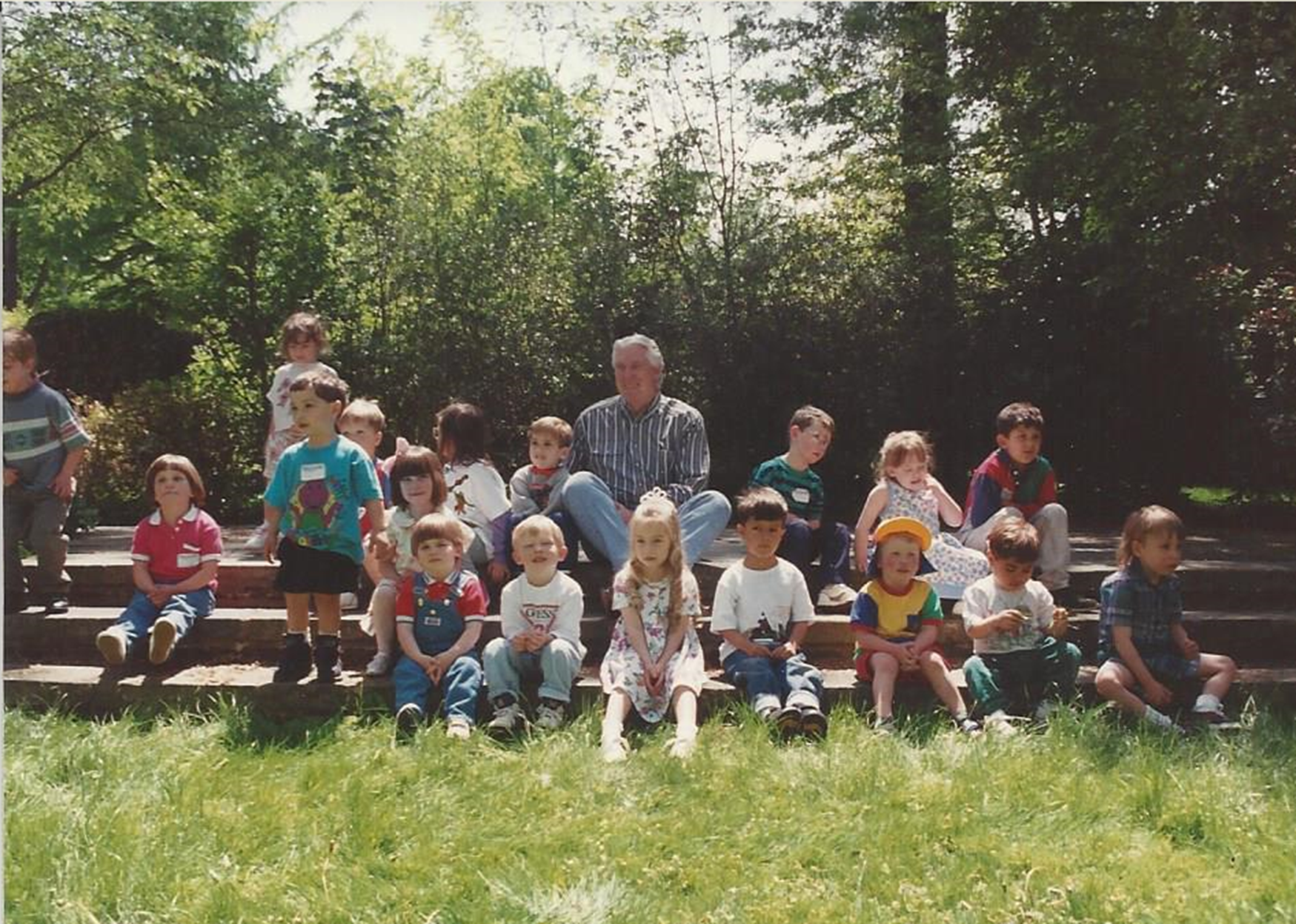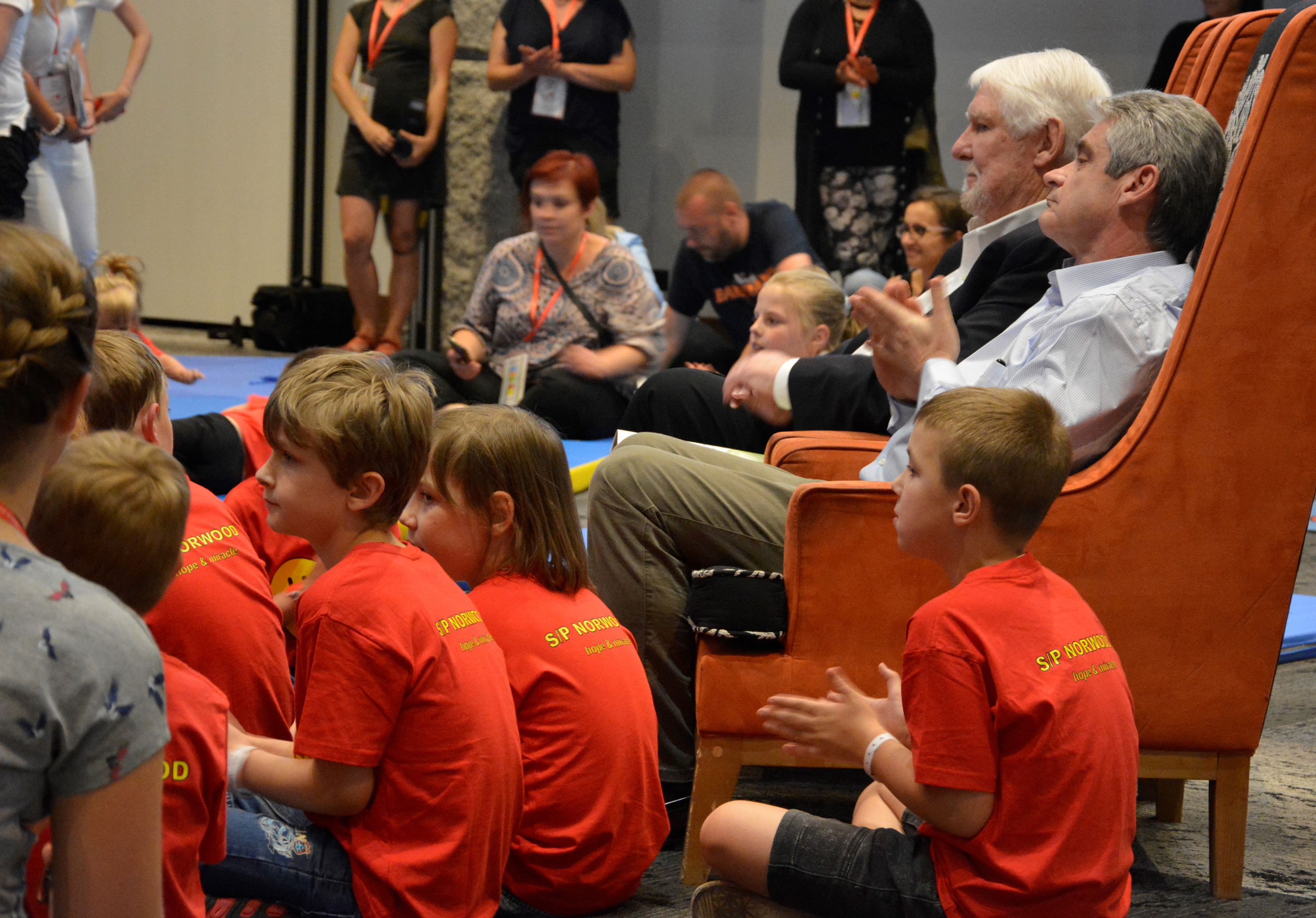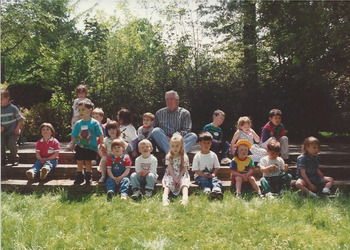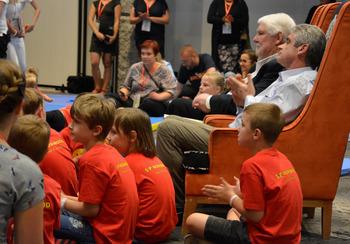With great sorrow we acknowledge the passing of a dear friend and an esteemed mentor and colleague, William I. Norwood Jr.
On Sunday, December 13th, 2020, Dr. William Imon Norwood, Jr., “Bill”, loving husband, father of three children, grandfather to nine and great-grandfather to five, passed away at the age of 79. In reality, the “extended family” that mourn Bill’s passing, and whose lives were touched in immeasurable ways by his life, numbers in the thousands, or likely tens of thousands. So many families in all parts of the world have been beneficiaries of Bill’s contributions to the present-day understanding of congenital heart disease, and its management. Many thousands of patients, in numerous countries, were direct recipients of Bill’s outstanding care, having benefitted directly from his incomparable surgical skill and his genius in harnessing the fundamentals of cardiovascular physiology to design surgical therapies and optimize outcomes. Many, many more were beneficiaries of Bill’s gifts, through the work of countless other surgeons, cardiologists, anesthesiologists, nurses and additional caregivers whose careers were directly impacted by his teachings, his mentorship, and the advanced understanding of congenital heart disease that he promoted.
In 2010, the inaugural issue of the World Journal for Pediatric and Congenital Heart Surgery included an article by Dr. Norwood, titled “Our Roots, Our Future”.Reference Norwood1 This text version of an address that Dr. Norwood had delivered at the 2009 meeting of the Congenital Heart Surgeons’ Society recounted the contributions of some of his mentors and predecessors in the field of congenital heart surgery. Dr. Norwood emphasized the importance of innovation and discussed some of the inherent challenges that go along with it. Reflecting on the contributions of Robert Gross, C. Walton Lillehei, Clarence Dennis, Richard Varco, Aldo Castaneda, and others, Dr. Norwood concluded that, “…the following are some of the characteristics of an innovator: confidence, conviction, creativity, courage.” As he has done numerous times in numerous settings, he mentioned an aphorism attributed to the late Theodore Levitt, former professor at the Harvard Business School and editor of Harvard Business Review. Levitt, he said, put it simply: ‘‘Creativity is thinking up new things. Innovation is doing new things.’’ In 2015, when the first Lifetime Achievement Award of the Congenital Heart Surgeons’ Society was bestowed upon Dr. Norwood, it was accompanied by an expression of profound respect, but also one of gratitude for his having the “Curiosity, Determination and Genius that it takes to Think Up New Things…. for the Empathy, Faith and Courage that it takes to Do New Things….and the Generosity to use those gifts to improve so many, many lives.”
All who devote their careers to improving the lives of individuals with congenital heart disease have been influenced by Dr. Norwood’s enormous contributions. His influence extends to individuals in diverse roles. Among them are practitioners who are engaged in virtually every aspect of the multi-disciplinary management of congenital heart disease. Perhaps those who worked side-by-side with him in Boston, Philadelphia, Genolier, Wilmington, Krakow, Oslo, Rome, and Shanghai feel most tangibly a sense of indebtedness to Bill Norwood as teacher and mentor. It is the case, however, that surgeons (and their non-surgical colleagues) throughout North, Central and South America, Europe, Asia, Africa, and Oceania have benefitted from Dr. Norwood’s mentorship and are more versatile and more effective as a result of his teaching.
It is important though, to be mindful of the fact that the lives most directly impacted by the contributions of an innovator such as Bill Norwood are the patients – those individuals who might not otherwise have the opportunity to get up each morning and face the challenges of another day. In the World Journal for Pediatric and Congenital Heart Surgery, in 2016, a pediatric cardiac ICU nurse who was born with HLHS and had undergone her initial surgery by Dr. Norwood in 1987 shared a very personal perspective.Reference Reed2 She said, “People have always asked me, both while I was growing up and since I have become an adult, ‘‘Was my life with congenital heart disease normal?’’ Well, what’s normal? Was I sick a lot? Yes. Was I teased a lot for being small, for not having a lot of strength, for not being able to run? Yes. Were these things hard for me? Yes. However, I tried not to focus on what I could not do but would instead focus on what I could do. I could not play soccer, OK; I did not want to play soccer. I wanted to take Taekwondo! So, I did and soon earned my black belt! I wanted to be a cheerleader, so I tried out. I ended up being a flier who was at the top of the pyramids and did stunts. I did whatever I wanted, and I rarely asked for permission. I was intent on leading my life to the fullest without unmerited restrictions.” Now, several years after undergoing neo-aortic valve replacement, she continues to work in the Heart Institute Clinic. Of this work, she said, “Working in the clinic has allowed me to work closely with other heart patients and their families. I have loved getting to know these families on a personal level and seeing them on a consistent basis.”
Every patient’s story is unique, but some common themes do emerge. In 2015, a young woman who was at that time a pre-medical student at college was asked what Bill Norwood’s contributions mean to her. She had never met Dr. Norwood, though she was born in 1994 with HLHS and underwent what many call “the three stage Norwood Procedure.” So, when asked what Dr. Norwood’s contributions mean to her, she responded: “For my parents, it was the chance to have a family….But for me, it is every opportunity I have ever received. It’s about being able to have dreams of things I’d like to do 5, 10 or 15 years from now.” Where those dreams have taken her is to medical school, where she will soon graduate and pursue training in pediatric cardiology.
These anecdotes are but a few of the many many stories that each of us could recount, by way of illustrating the countless lives that have been positively influenced by Bill Norwood and his immeasurable contributions to the understanding of congenital heart disease and the care of patients and families whose lives are affected by it. The accompanying photograph (Fig 1) was taken during a picnic at Dr. Norwood’s home in Gladwyne, Pennsylvania in the early 1990s. Each year, patients and their families were invited to get together in his back yard and enjoy one another’s company. Without echocardiograms one cannot be absolutely certain. But it is very likely that the older guy with white hair in the second row is the only person in the picture with two well-developed ventricles. As for the others, most are now beginning the fourth decade of their lives. In Figure 2, Dr. Norwood is seen with a gathering of families in Zakopane, Poland in 2017. The yellow inscription on the back of the children’s red t-shirts says: “S/P Norwood, hope and miracle.” Surely these “snapshots” suggest the tangible legacy of Dr. William I. Norwood Jr., MD, PhD.

Figure 1. Photograph taken during a picnic at the home of Dr. Norwood in Gladwyne, Pennsylvania in the early 1990s.

Figure 2. Dr. Norwood and Dr. Malec at a gathering of families in Zakopane, Poland. The red t-shirts bear the inscription: “S/P Norwood, hope and miracle.”.
This article has been copublished in the World Journal for Pediatric and Congenital Heart Surgery and in Cardiology in the Young.







